15 Everyday Things Boomers Used That Gen Z Think Are Myths
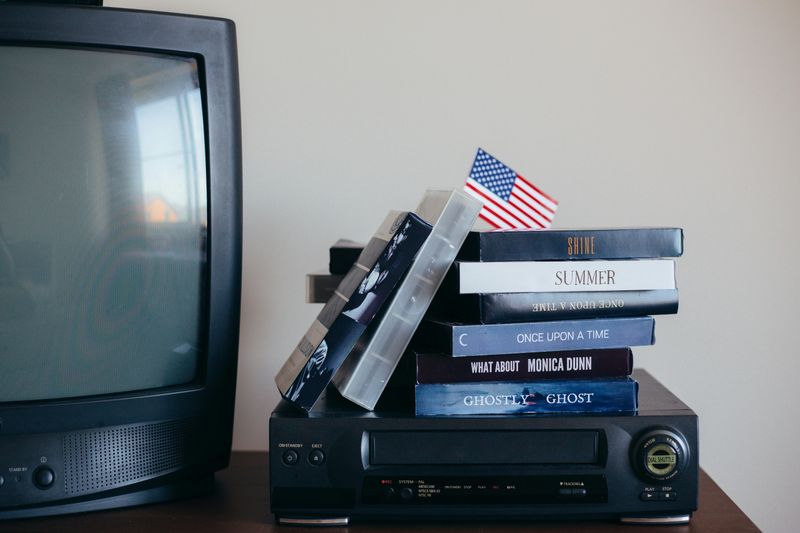
Explore the fascinating world of everyday items that were once staples in the lives of Boomers but now seem almost mythical to Gen Z. These 15 items highlight the rapid technological and cultural shifts that have occurred over the decades.
1. Rewinding VHS Tapes

Imagine a world where finishing a movie wasn’t the end of the journey. For Boomers, the conclusion of a film meant a ritualistic rewind of the VHS tape. Failure to complete this task often resulted in a fee at rental stores like Blockbuster.
This simple act, akin to hitting a reset button, seems almost mythical to Gen Z, who are accustomed to seamless streaming. The sensation of hearing the whirring sound as the tape rewound added a tactile sense of accomplishment. It’s a small but significant reminder of a time when physical media ruled the entertainment world.
2. Using Payphones
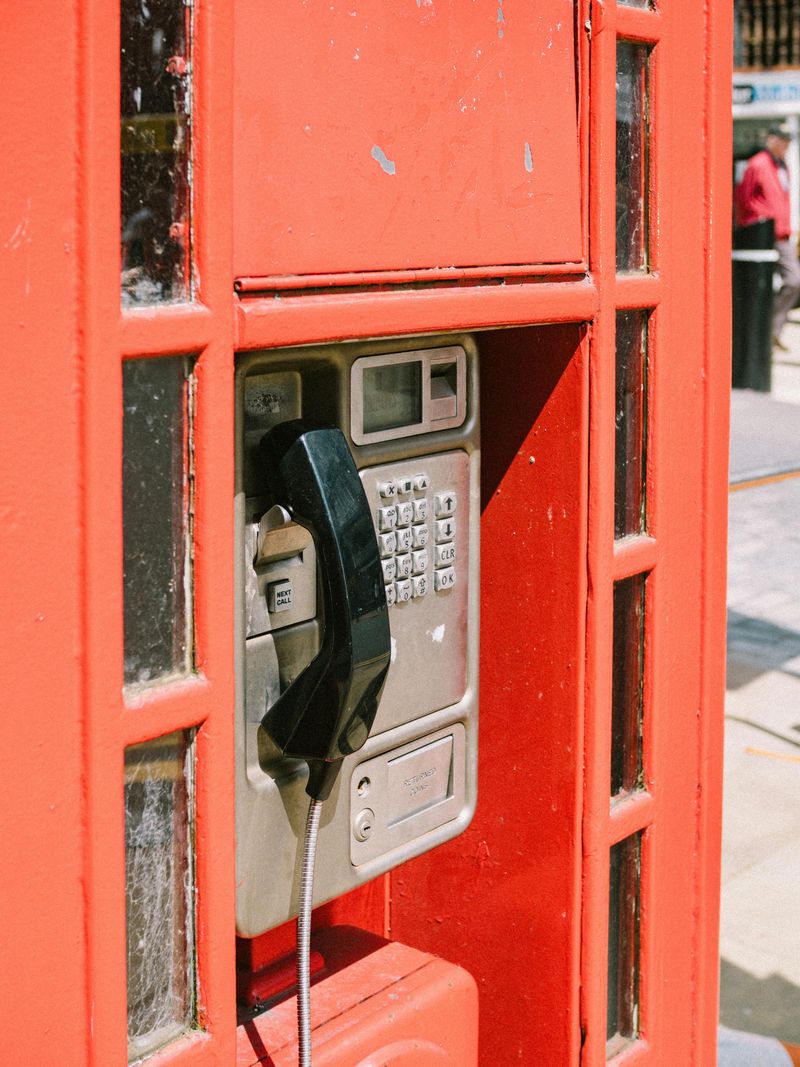
Public payphones once dotted the streets, offering a lifeline in the pre-cellphone era. For Boomers, dropping coins into these mechanical marvels was a common way to stay connected.
Today, spotting a functioning payphone feels like discovering a relic from another time. These booths, with their clunky receivers and distinctive dial tones, were more than just phones; they were symbols of spontaneity and independence.
Gen Z, growing up in the age of smartphones, can hardly fathom relying on such devices for communication. They stand as nostalgic reminders of a world not always connected at the hip.
3. Paper Maps and Road Atlases

Planning a road trip without GPS seems like a Herculean task to Gen Z. Yet, for Boomers, paper maps and road atlases were indispensable travel companions. Unfolding these giant sheets often resulted in lively debates over routes and directions.
These maps transformed the journey into an adventurous quest, where getting lost was part of the experience. Unlike the sterile voice of a GPS, maps demanded engagement and interaction.
Their tactile nature and the satisfaction of marking your route with a pen made every trip an opportunity for discovery and teamwork.
4. TV Channels You Had to Wait For

In the days before streaming, TV schedules dictated family evenings. Boomers would gather around the television, waiting for their favorite shows.
Missing a show meant waiting for a re-run, meaning every episode was a shared family event. There was no pause button or instant replay; viewers were fully present, hanging on every moment.
Gen Z, accustomed to on-demand viewing, can’t imagine planning their lives around TV schedules. This communal experience fostered a sense of anticipation and excitement that today’s digital age struggles to replicate.
5. Dial-Up Internet
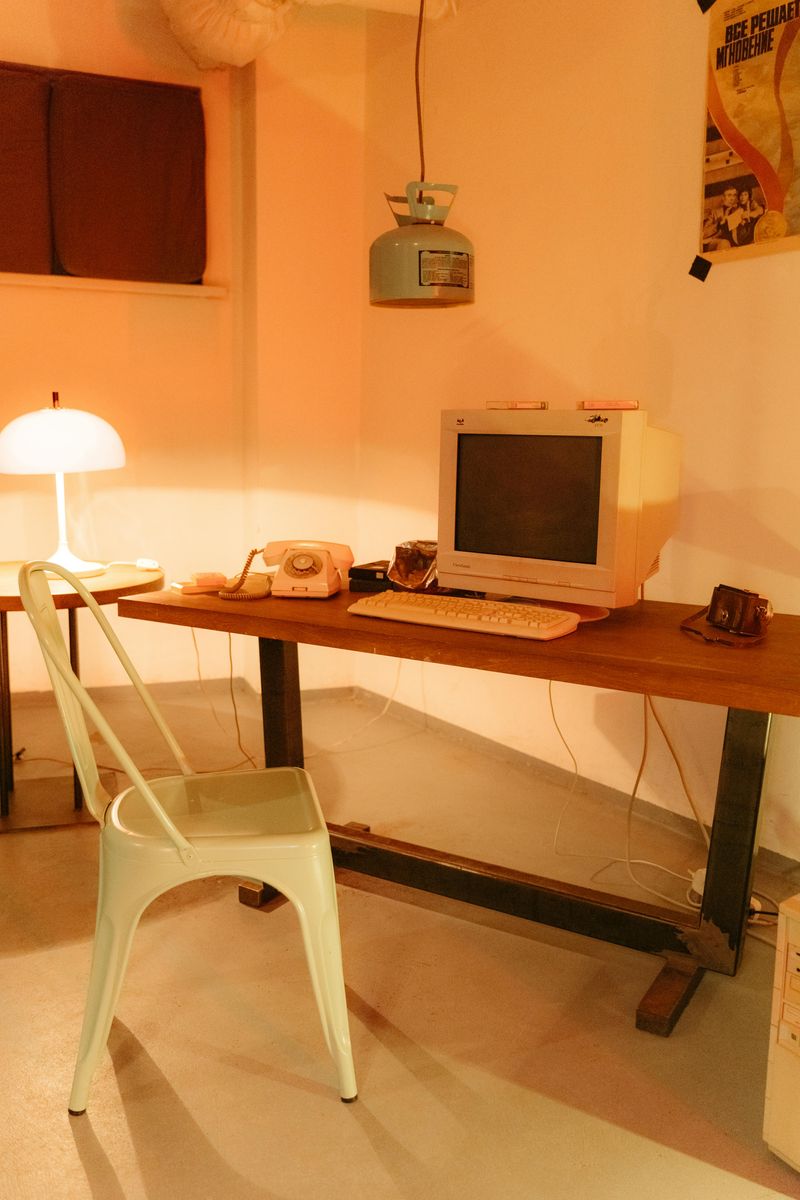
Remember the symphony of screeches and beeps as you connected to the internet? Dial-up was the gateway to the digital world for Boomers. This connection, tethered to a phone line, came with the warning: “Don’t pick up the phone — I’m online!”
The patience required to navigate this early internet experience is foreign to Gen Z, who are used to high-speed access. This slow-paced connection was both a frustration and a marvel, as it opened the door to a world of information previously unimaginable.
6. Cassette Tapes and Pencils
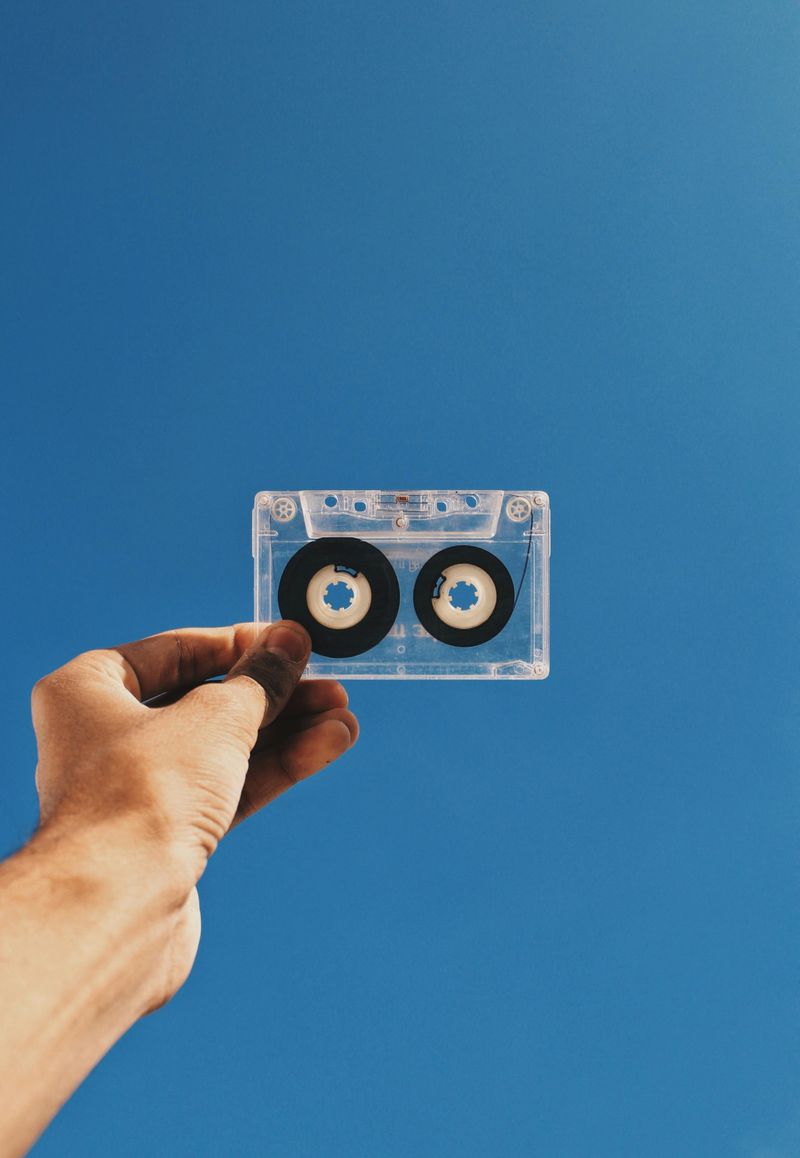
The relationship between cassette tapes and pencils is a charming relic of the past. For Boomers, these tools were intertwined in a ritual of music preservation.
When a tape got tangled, a pencil was the savior, used to manually rewind the delicate film. This tactile interaction with music stands in stark contrast to today’s digital experiences.
Gen Z, accustomed to playlists and instant access, might find this process quaint yet perplexing. It’s a testament to the creativity and resourcefulness required in an analog world.
7. Car Ashtrays and Cigarette Lighters
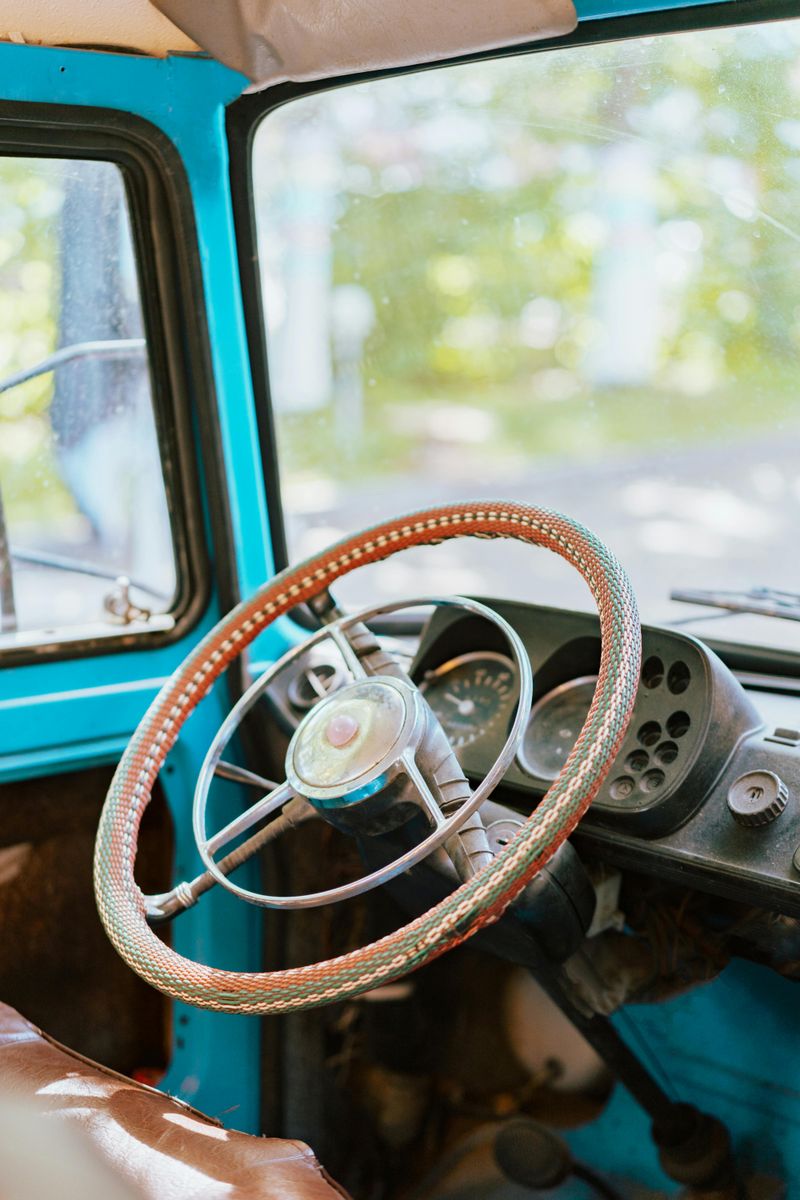
In a time when smoking was more prevalent, car ashtrays and cigarette lighters were standard features. For Boomers, these components were as essential as a steering wheel.
Even non-smokers found uses for these amenities, often repurposing them for storage or as a source of heat.
Today, these features have vanished, replaced by USB ports and modern conveniences. Gen Z might find such equipment puzzling, as they belong to a past where cars were as functional as they were personal. It’s a reminder of how societal norms and technologies evolve.
8. Film Cameras and Photo Labs
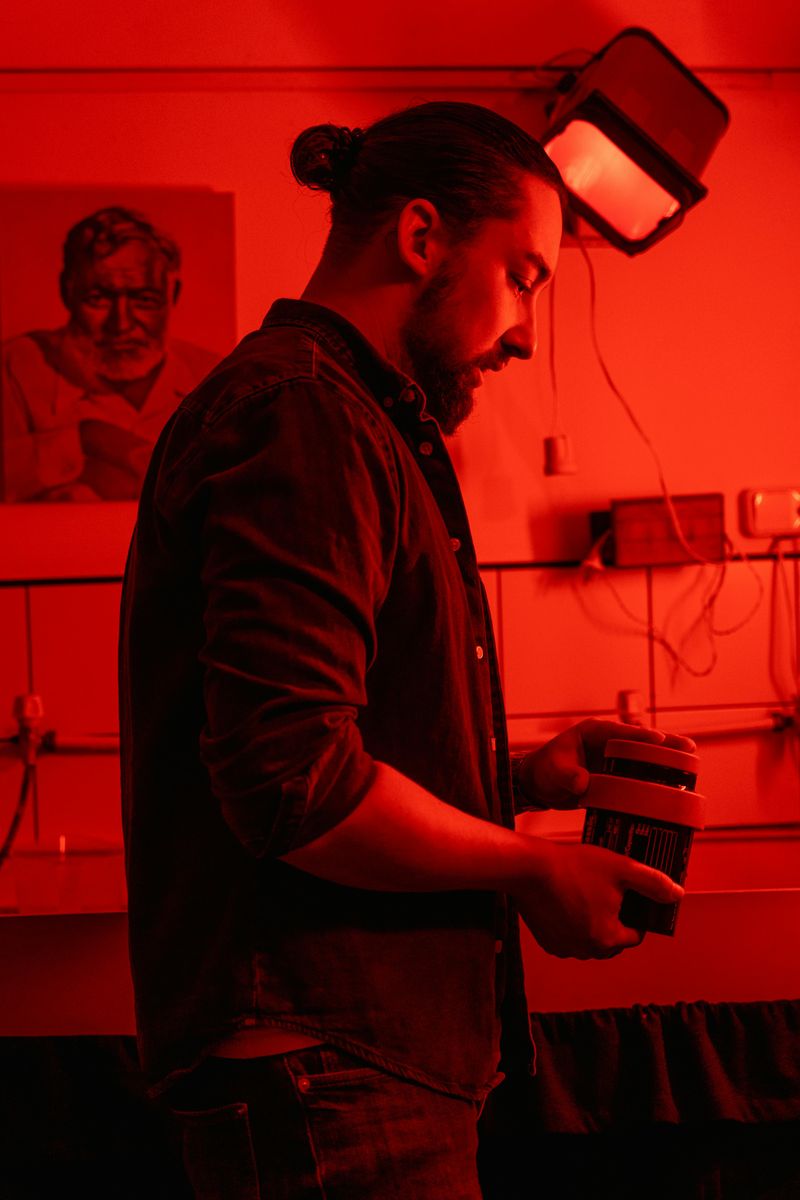
Capturing moments was once a process filled with anticipation. Film cameras required skill and patience, as each shot was precious.
After taking photos, Boomers brought their film to photo labs and waited days to see the results. This delayed gratification made each photo a treasure, unlike today’s instant digital captures.
Gen Z, growing up with smartphones, may find this process slow, yet it embodies the artistry and excitement of photography. Each print was a tangible memory, offering a lasting connection to the past.
9. Yellow Pages

Before search engines, the Yellow Pages were the go-to for finding businesses and services. These massive phone books were a staple in every household.
Boomers would flip through pages to find everything from plumbers to pizza delivery—a tactile search engine.
For Gen Z, accustomed to instant Google results, the Yellow Pages seem like a relic from another era. Yet these books represent a time when searching required patience and effort, offering a more personal connection to local communities.
10. Library Card Catalogs

Research once meant visiting a library and navigating through card catalogs. For Boomers, finding a book required flipping through index cards, a process both methodical and rewarding.
This analog system demanded focus and patience, offering a tactile interaction with information.
In contrast, Gen Z’s digital search bar offers instant results at the click of a button. Card catalogs symbolize an era of discovery where each card led to new knowledge, fostering a deeper appreciation for the physical pursuit of learning.
11. Mail-In Rebates
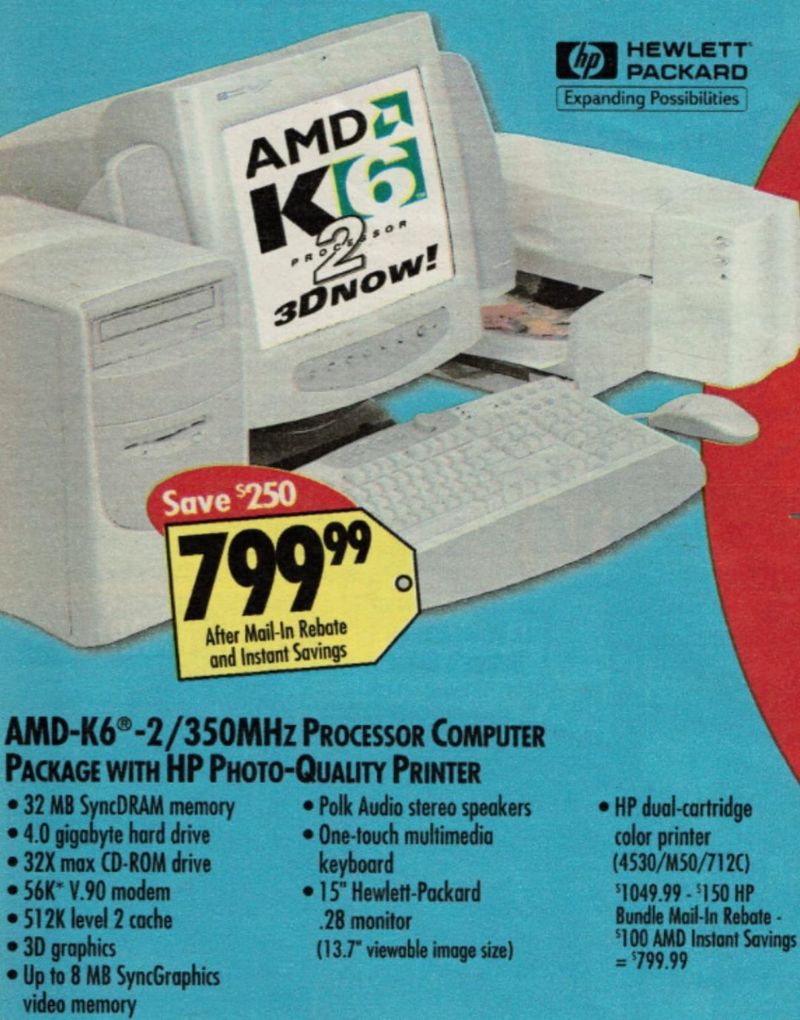
Saving money through mail-in rebates was a common practice for Boomers. This process involved cutting barcodes, filling out forms, and waiting weeks for a small check.
Despite the effort, the reward was a tangible victory, a testament to patience and diligence.
Gen Z, with instant cashback apps, might find this process unnecessarily tedious. Yet, for Boomers, it was a strategic game of saving, turning everyday purchases into small triumphs.
12. Rollerball Deodorant and Bar Soap

Personal care was a simpler affair for Boomers, marked by the use of rollerball deodorant and bar soap. These items, basic yet effective, were staples in every bathroom.
The tactile sensation of rolling on deodorant or lathering up soap is a sensory memory for many.
Gen Z, with a plethora of sprays and body washes, may find these products old-fashioned. Yet, they evoke a sense of nostalgia, representing a time when daily routines were unembellished but effective.
13. Home Stereo Systems

Boomers delighted in the immersive experience of home stereo systems. These setups, with turntables, amps, and massive speakers, created a rich soundscape that filled the room.
Music became an event, inviting listeners to engage actively with each note.
For Gen Z, accustomed to compact Bluetooth speakers, these systems may appear cumbersome. Yet, they offer an unparalleled auditory experience, a reminder of the power of analog sound in a digital world.
14. TV Antennas and “Rabbit Ears”

Adjusting TV antennas, or “rabbit ears,” was a Saturday morning ritual for Boomers. Achieving a clear signal often required a dance of precision and patience.
This hands-on approach to tuning in shows contrasts sharply with today’s digital clarity.
Gen Z, with their high-definition streaming, may find this process archaic. Yet, it embodies a tangibility and engagement with technology that shaped a unique viewing experience.
15. Paper Checks and Bank Lines

Before digital banking, paper checks were the norm. Getting paid meant receiving a tangible paycheck and visiting the bank.
This process required planning and patience, a ritual of financial responsibility. For Gen Z, accustomed to mobile deposits, this system may seem outdated.
Yet, it represents a more personal connection to money, where each transaction was a deliberate act. It’s a reminder of a time when banking was a community experience, not just an app.

Comments
Loading…